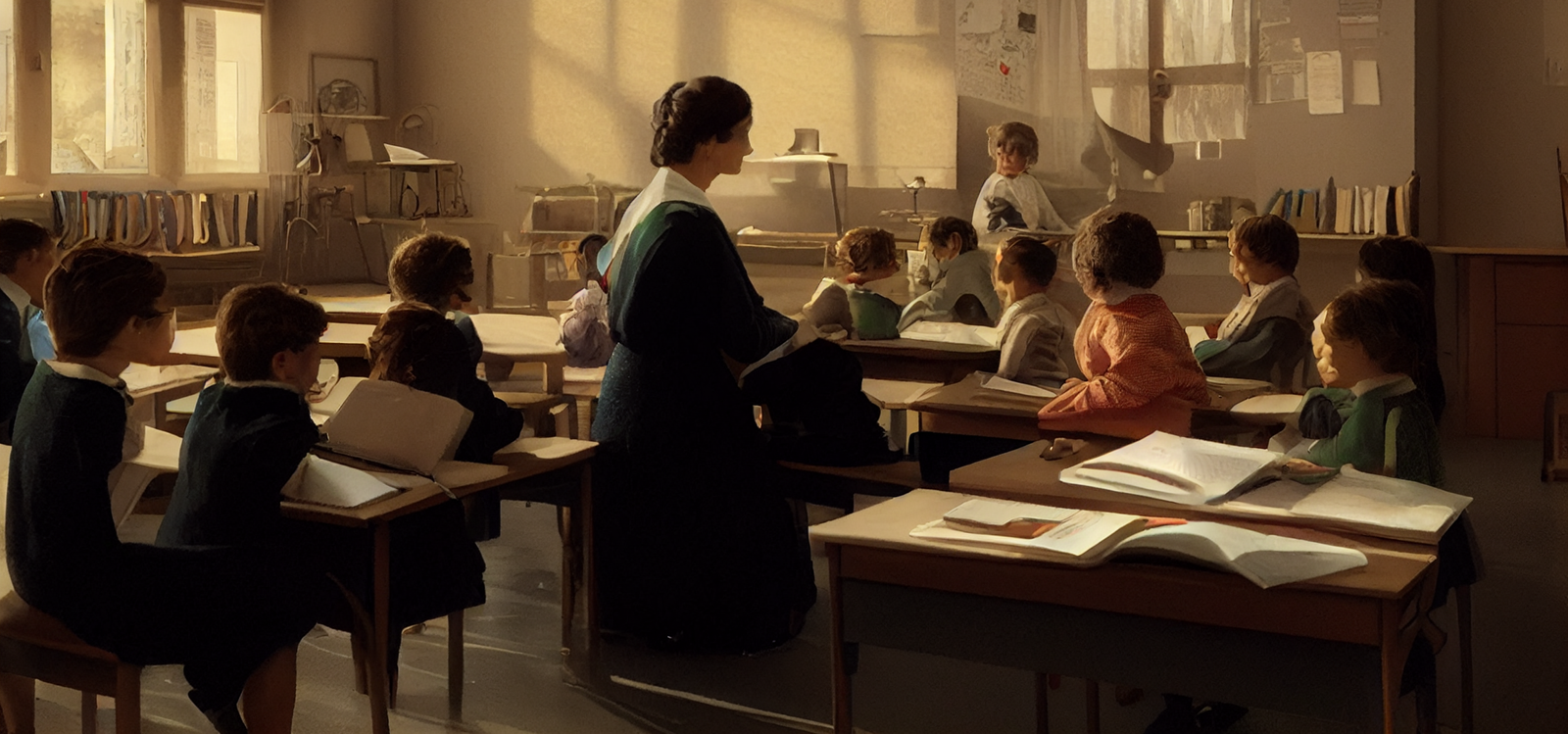The main problems of old-shool education are: schools standardize learning, do not take into account the interests of students and use outdated methods that are not suitable for modern teenagers. An eclectic approach can be opposed to such a system – its peculiarity lies in the flexibility that helps to adapt to each child. We tell how the eclectic methodology appeared, how children develop strengths with it, and what is the role of the parent in the educational process.
How Eclectic Learning Developed
The term “eclectic methodology” appeared in the 1990s and first referred to the study of foreign languages. The authors of the approach proceeded from the interests, age and goals of the students, so the programs of the students differed. For example, a lover of traveling in English-speaking countries does not need to know grammar perfectly, the emphasis can be placed on the number of words. And for those who want to work with foreign business partners, it is important to know more language structures and professional vocabulary.
Over time, the eclectic methodology moved to other areas – and is now used in school classes. It allows you to adapt the curriculum to the changing needs of the child as he grows up or changes in interests and character.
Let’s imagine that at the age of 11, a schoolboy who was previously interested in football and mathematics awakened an interest in history. But the basic school textbook seems boring to him. If you do not notice and do not support the child’s hobby in time, interest may fade.
In classical school education, such a teenager can be transferred to a specialized humanitarian class. Of course, this will not be easy – you need to adapt to new teachers, a team and a complicated program, for which the student may not be ready. In addition, the school may not agree to transfer the student in the middle of the school year – then you have to wait until next September.
If the child is homeschooled, it is much easier to maintain his interest – you can quickly reorganize the format of education in a particular subject. For example, choose a specialized history textbook and pick up additional materials.
Or you can use an eclectic method: its feature is to use an unlimited number of approaches. For example, to learn a new topic in history by compiling dialogues between rulers, reading texts, listening to lectures and preserved audio recordings, watching films and photographs. It is important that the type of activity is constantly changing and the child does not get bored.
The uniqueness of the technique

The eclectic method is on a par with unschooling, the Charlotte Mason method and the Waldorf system of education. To understand the specifics, it is important to highlight the principles that distinguish it from other humanistic educational concepts that also put the child’s interest in the first place.
Unlike unschooling, where the child chooses the direction of study and subjects, in the eclectic method, the parent helps to choose the curriculum. In this regard, an eclectic methodology can be considered a compromise between a completely traditional teaching and a creative approach to the systematic approach in unschooling.
The Waldorf system does not imply an individual training plan: it was initially built taking into account age characteristics and needs. Lessons in elementary, middle and high schools are organized to cause minimal student resistance and to meet the interests of the child depending on age. In an eclectic system, the teacher chooses the best methods for a particular topic in order to avoid the monotony of classes. But this does not exclude the possibility that even here there may be difficulties.
The Charlotte Mason Method takes a specific approach to learning, but does not offer an individual route for each student. At the same time, children have a lot of freedom to get acquainted with additional information. So you can independently complete the chain of connections to it from already known material.
As a result, the child can use his most developed type of intelligence and master the material in his own way. Also, this system is characterized by the shortest lessons – usually from 10 to 30 minutes, depending on the subject and the age of the students. In an eclectic learning system, the choice of teaching method is up to the teacher.
It turns out that the main difference between the eclectic system and other humanistic educational methods is that both the child and the teacher are responsible for learning. In other approaches, the teacher rather spurs the child’s cognitive activity, does not seek to lead him to high results, but watches how the student masters the proposed topics.
The Parent’s Role in Eclectic Homeschooling
Sending the child to school, the parent has little control over the information in the classroom. Often parents do not agree with the position of the educational institution regarding sexuality education and the assessment of historical and political events that are broadcast to students. Then you can switch to eclectic homeschooling – it gives parents the opportunity to expand their view on complex issues.
Here the adult plays an important role – he builds the curriculum, selects materials, carefully monitors how they suit his child, and corrects if necessary. Such education is suitable for families in which parents have enough time, resources and courage to take full responsibility for the education of the child.
It is important to remember that a parent does not just have to decide which of the approved textbooks is best for their child. The choice is much wider: between textbooks, educational encyclopedias, video tutorials, lectures, online school, documentaries and feature films.
Experienced homeschoolers who have taught several of their own children in an eclectic way say that at first they were scared, but with practice they learned to trust their inner instinct.
When switching to eclectic homeschooling, turning to the community of homeschooler parents can be a great support: on forums and in groups, you can discuss experiences, exchange specific methods, materials, and life hacks.



